Imagine a villa in the European countryside, perched atop a hill with a vantage of rolling hills and painterly vistas of landscape and sky. This unbridled connection to nature gives one the feeling of utmost freedom and respite.
The Namu House by K2LD Architects emulates that — although an entirely modern construct replaces the villa example and the location is in a well-heeled suburb at the edge of the city.
The building is all straight lines and an interweave of blockish volumes, pulled out at parts to become cantilevers and hollowed inwards at others to create balconies.
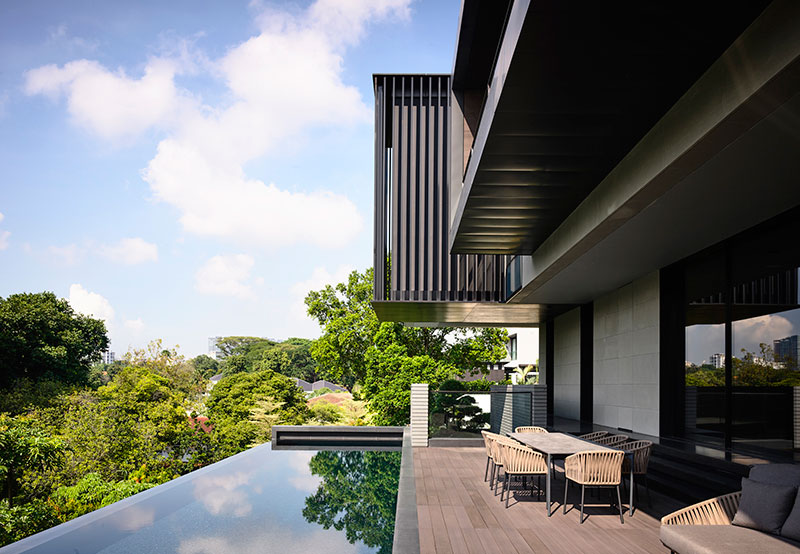
But the protagonist is clearly the magnificent site. The architecture is but a foil for the view to be savoured through the different sequences of entertaining, eating, bathing and sleeping.
Approaching the driveway, one sees a two-story house. The land actually steps down four stories on the other side, which is wrapped in granite to convey the image of a house sitting on a rock plinth. The swimming pool and outdoor terrace is situated on this higher side to harness the panoramic view.
“The entrance of the previous house was below. What we did to comply with government regulations was to put a basement there so we could elevate the land. So now there is a proper entry,” shares Mr. Ko Shiou Hee, the firm’s founder.
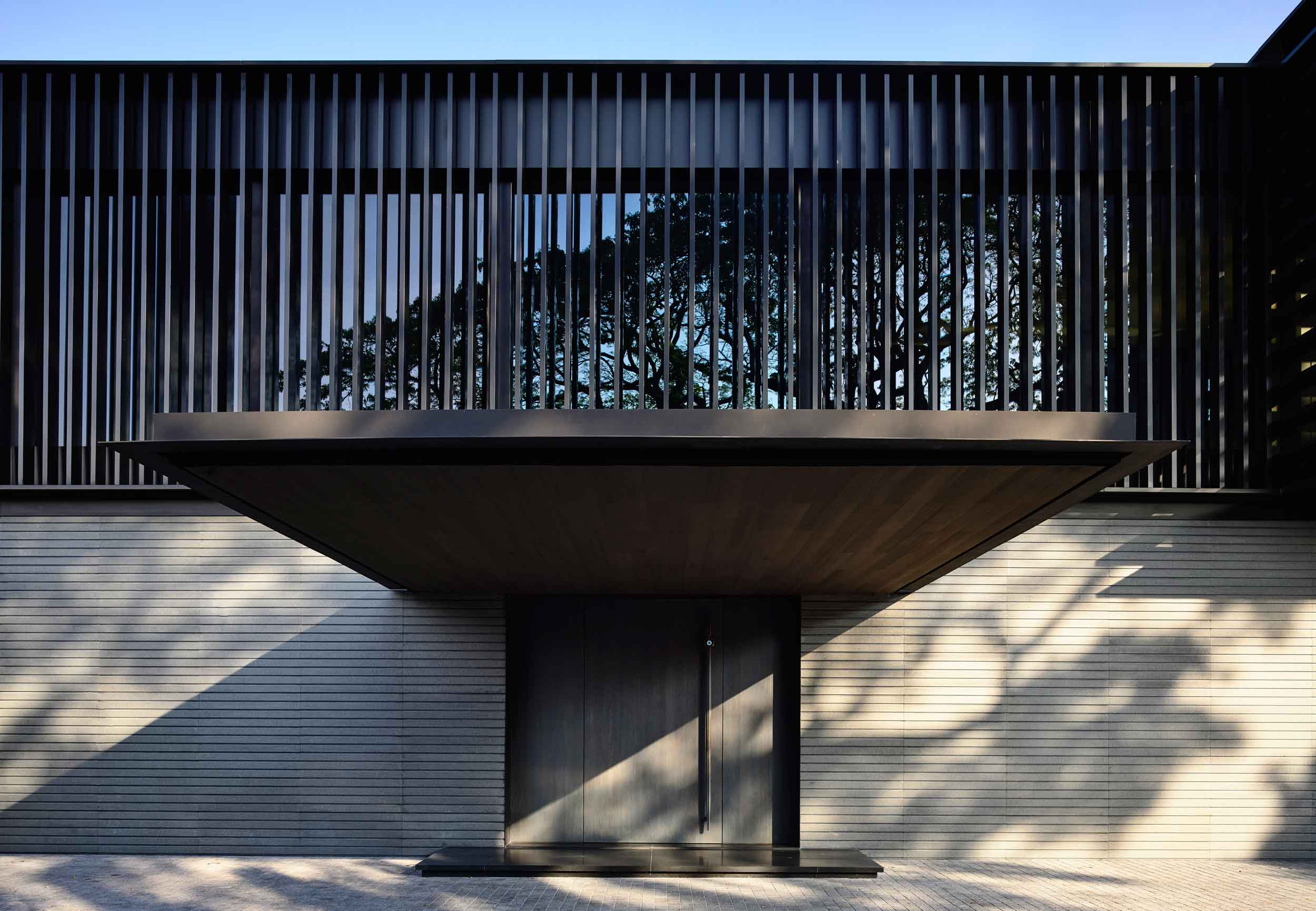
The two-story structure at the entrance was intentional so the house doesn’t overwhelm the site upon entry. Rather than a grand entrance and lots of windows, the façade fronting the drop off is almost entirely reticent, cladded with a variety of stone and trellised on the second story to reveal very little of the occupants’ on-goings. The louvers are effective in filtering the west-facing sun.
“The entrance is very nondescript and understated, which is the character of the client,” explains Mr. Ko. The family travel avidly, in the process acquiring artworks in auctions and galleries.
This house, while designed as a comfortable backdrop for daily domestic routines, is also meant to showcase the client’s impressive art collection. The pieces are regularly rotated and undisplayed pieces are stored in a humidity-controlled room in the basement.
“They envisage hosting friends and family in the house, and therefore, guestrooms and entertainment areas form a huge part of the brief. Our interpretation of the program was that the house might appear as a hybrid between a sleek boutique or an art gallery and a machine for living in [albeit luxuriously],” elaborates KJ Phua, a senior associate at the firm who worked on the project.
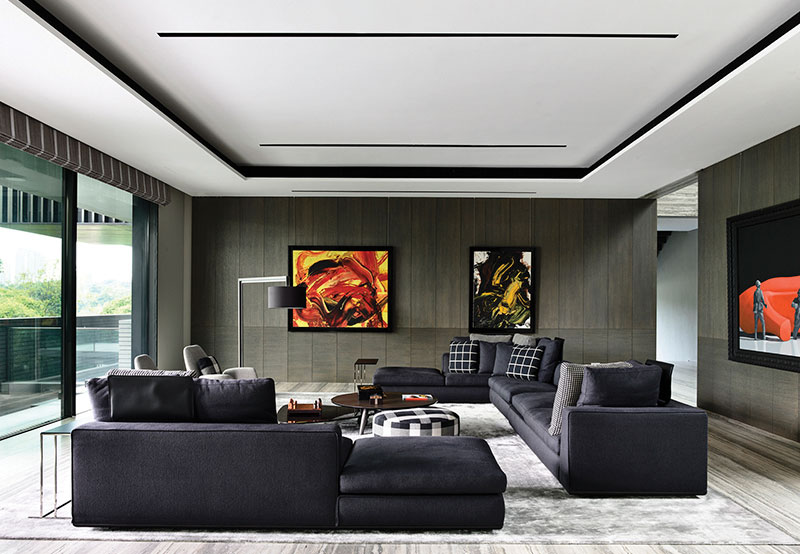
Thus, there are the large expanses of wall conducive for the display and admiration of canvases; there is also sprawling space – such as the open-plan living and dining areas that segue outwards to the pool terrace – that enables movement of groups of people from one segment to another. An expansive wine cabinet, atmospherically lit, separates the dining room from the kitchen and is in itself an artful exhibition.
A most defining part of the house is the double-story entrance foyer lined with art, lit by large dormer windows above in the day and a chandelier at nightfall. “The gallery acts as a central spine that leads to the lift and staircase, connecting to the other parts of the house,” Mr. Ko describes.
The building’s form traces the longish site. The gallery travels this length at the house’s front, with a large wall separating this space and the main living spaces that, in the process, delays the picturesque view beyond to double the effect of its grandeur.
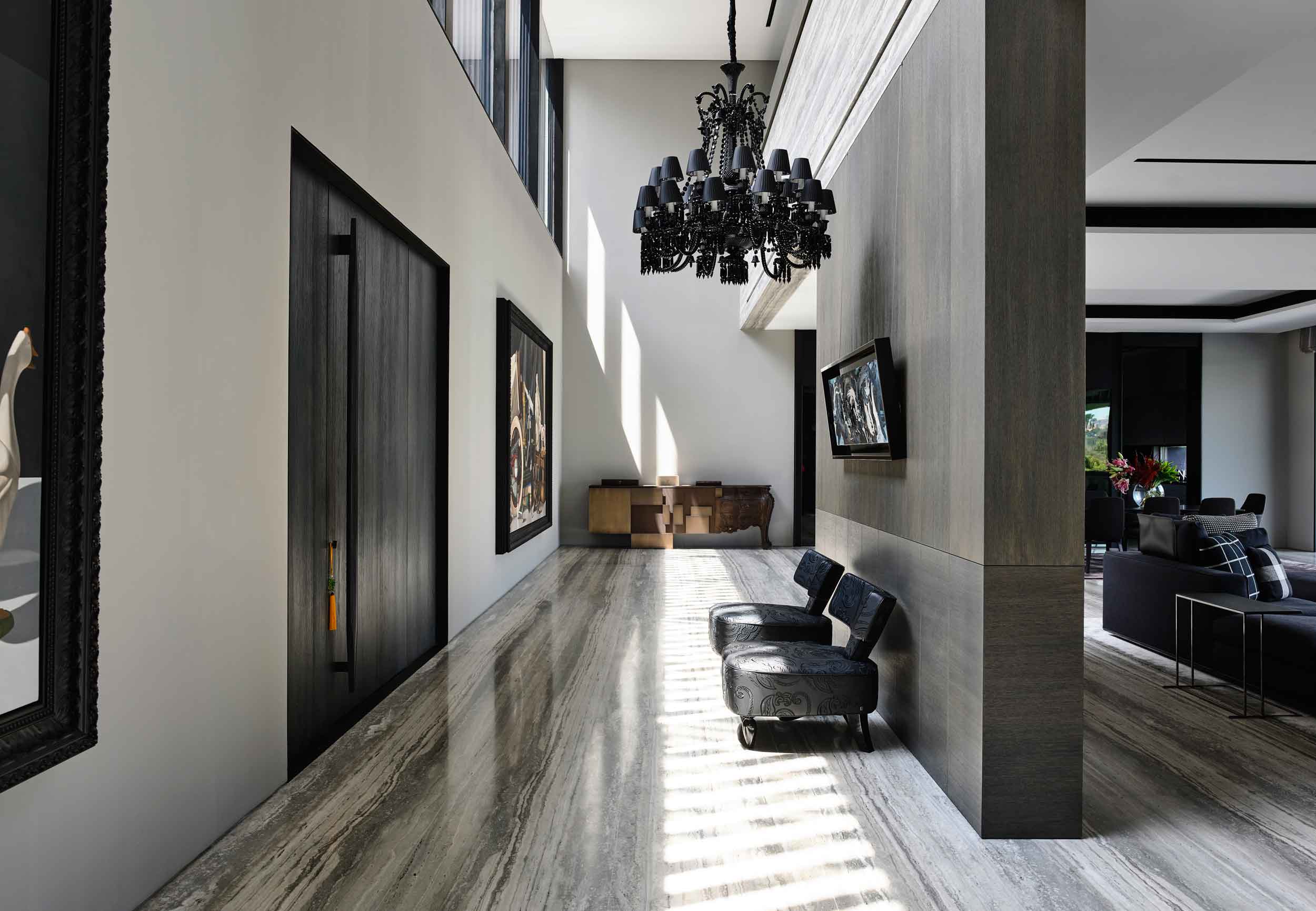
Luxury here is not about gilt but that of tasteful furnishing, the design of good, working spaces and the enjoyment of bounteous pure space.
The furniture, a mix of dark-toned, sophisticated pieces from brands like Minotti and Christian Liaigre, adds to the serenity of the interior architecture. They take a back seat to the brilliant selection of artwork, which Mr. Ko has positioned throughout the house within sightlines of corridors, “either terminating or extending the visual connection to the landscape.”
Hence, this house is about art. But it is also as much about nature.
Climbing up the staircase, large glazing frames a sculpture nestled on the lawn outside. At the first basement’s car park foyer, an elaborate sculpture benefits from a curtain of greenery; descending into the second basement containing a games room, home theatre and gym, one is privy to the tranquil stillness of eight large rocks artistically arranged in a stone-bedded courtyard that brings light deep into the plan.
Many large windows ensure the house is always well illuminated naturally. But it is carefully controlled to protect the artwork and soften the harshness of the tropical sun during daytime.
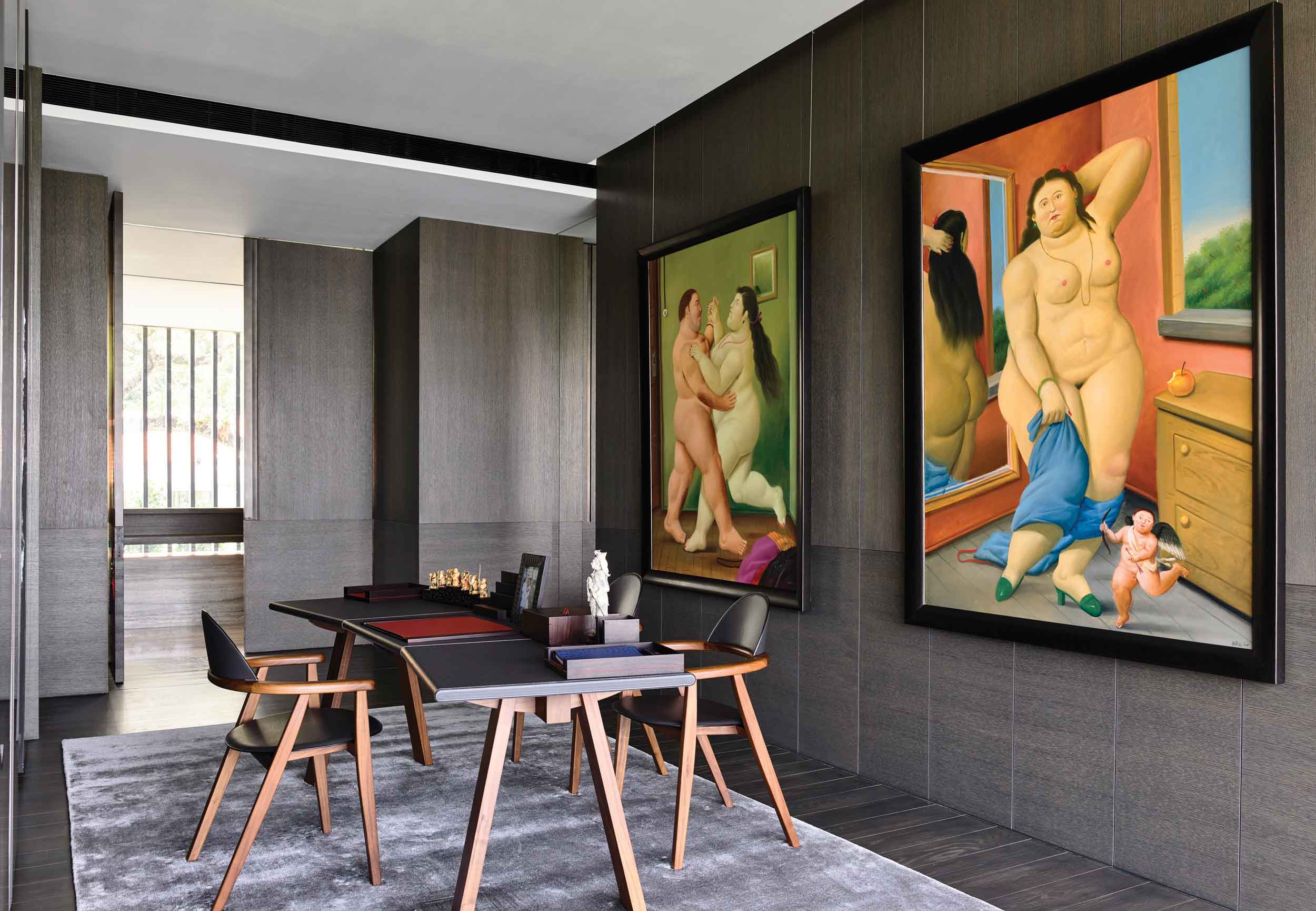
“The way natural light enters the house is always filtered and indirect, by way of screens or deep overhangs. The artificial lights are gallery grade fittings from Erco to provide the best colour rendering on the paintings, and all lights are controlled by Lutron systems, enabling the owners to customise lighting scenes for different moods and occasions,” Phua shares.
The material palette also centres on the artwork, and reflects the client’s penchant for monochrome shades. “There are almost no painted surfaces in the house, which is to say that it is entirely cladded, either in stone, timber or metal,” says Phua.
Silver-streaked, Ocean Blue travertine sourced directly from Florence lines the floor and grey oak panelling conceals storage and doors, as well as clad walls in the common areas and bedrooms. At the window, linen blinds soften the light.
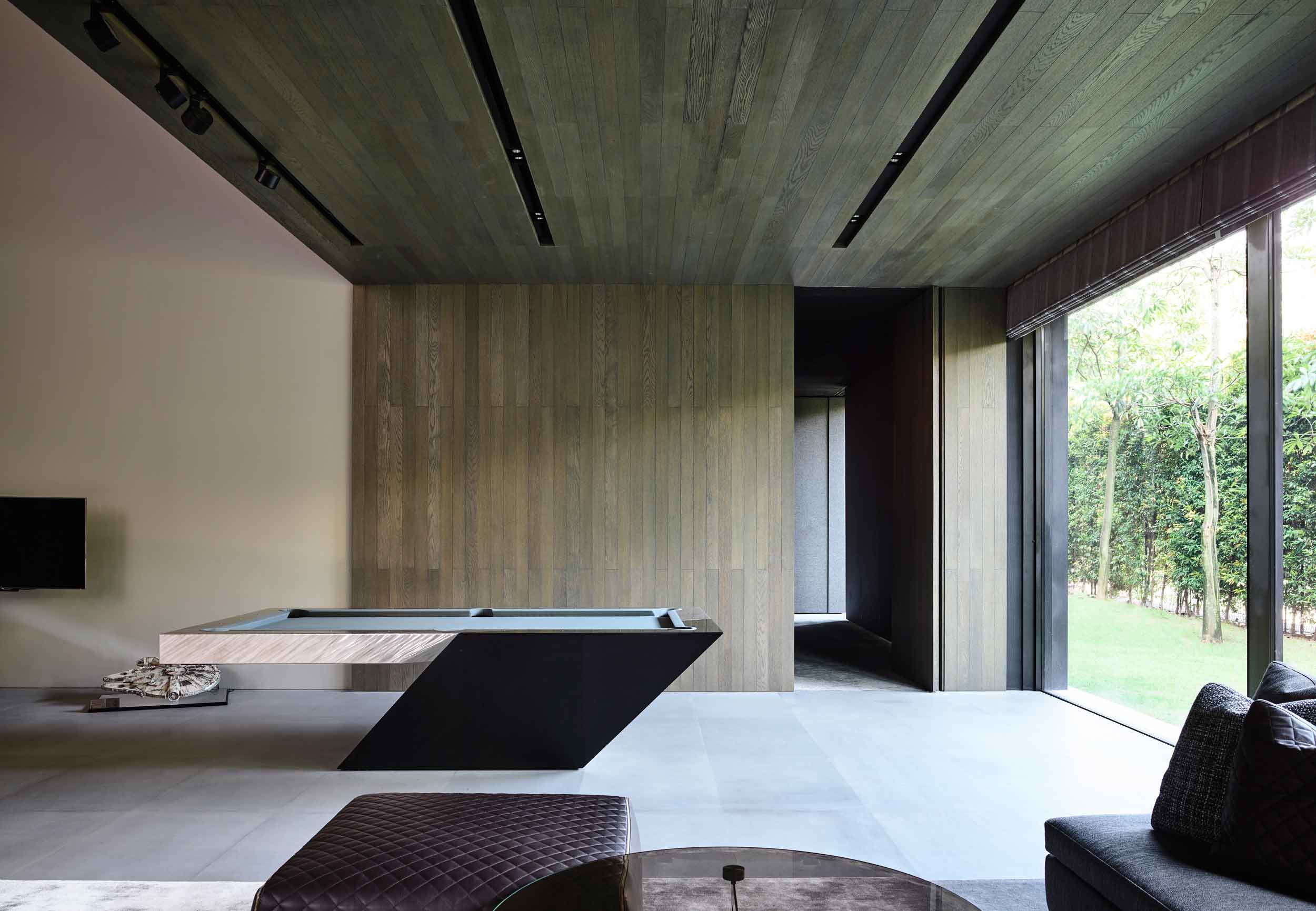
This framework is matched by details of the finest qualities, such as the use of sleek Boffi bathroom faucets and super thin Panorama window frames from Switzerland to allow for greater seamlessness to the outward view.
“As every material has its own limitations in terms of size and handling, it was extremely challenging to ensure that the division and interfacing of these materials would meet perfectly at the intended datum or junction,” Phua elaborates on the equally demanding treatment of the architecture that results in the exacting, elegant shell. Seven-meter-long cantilevers also required much engineering coordination.
Fine art is to be matched with an equally fine framework and here, K2LD Architects has crafted one with much care and class.














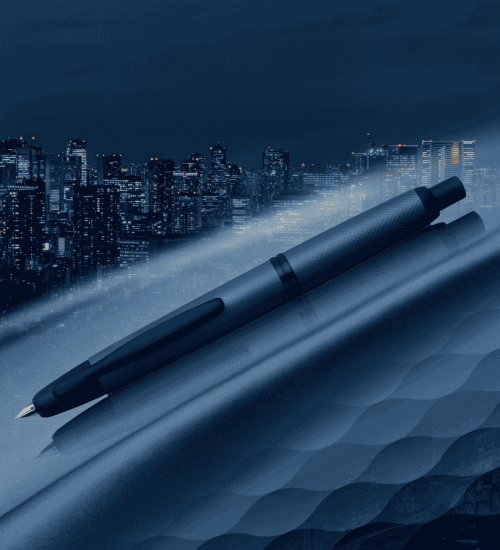

-NAC Facade L2.jpg&w=500&h=550&crop-to-fit)
 Back
Back
